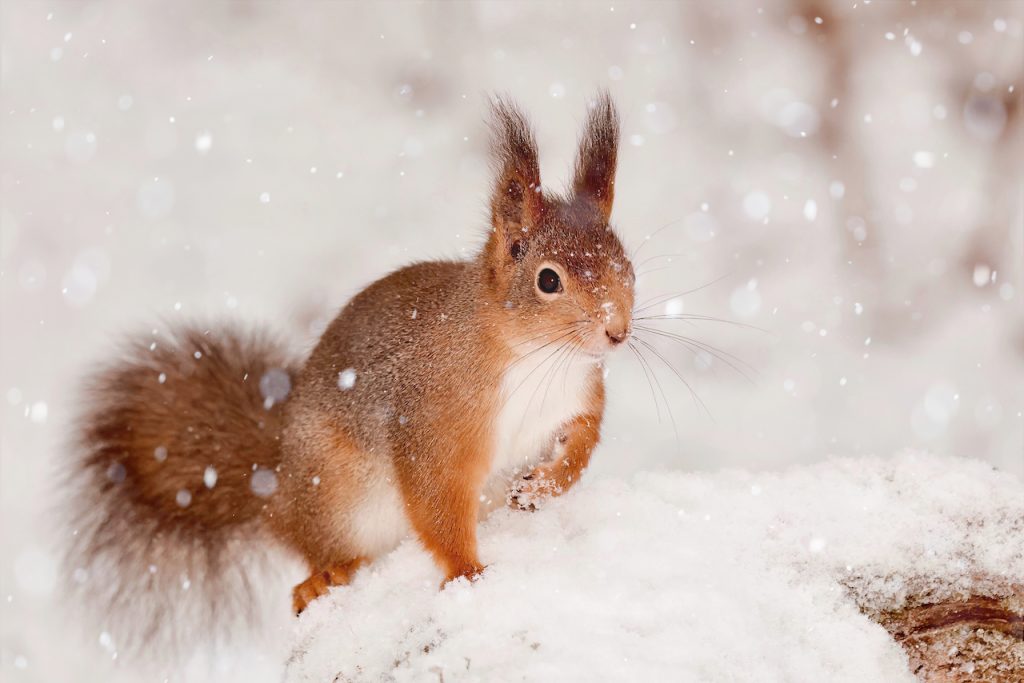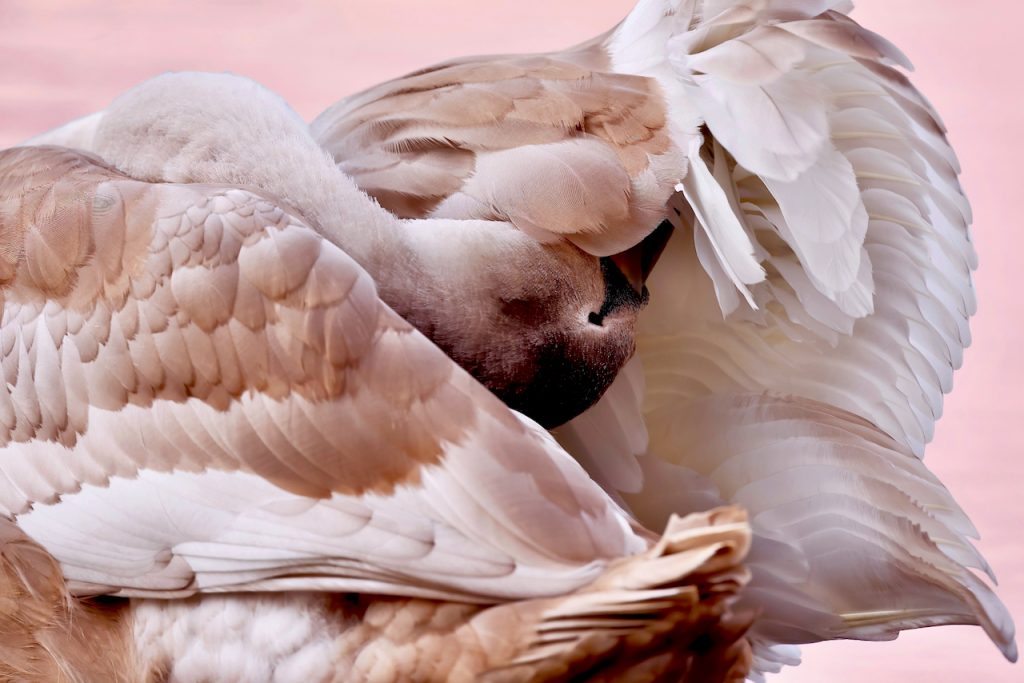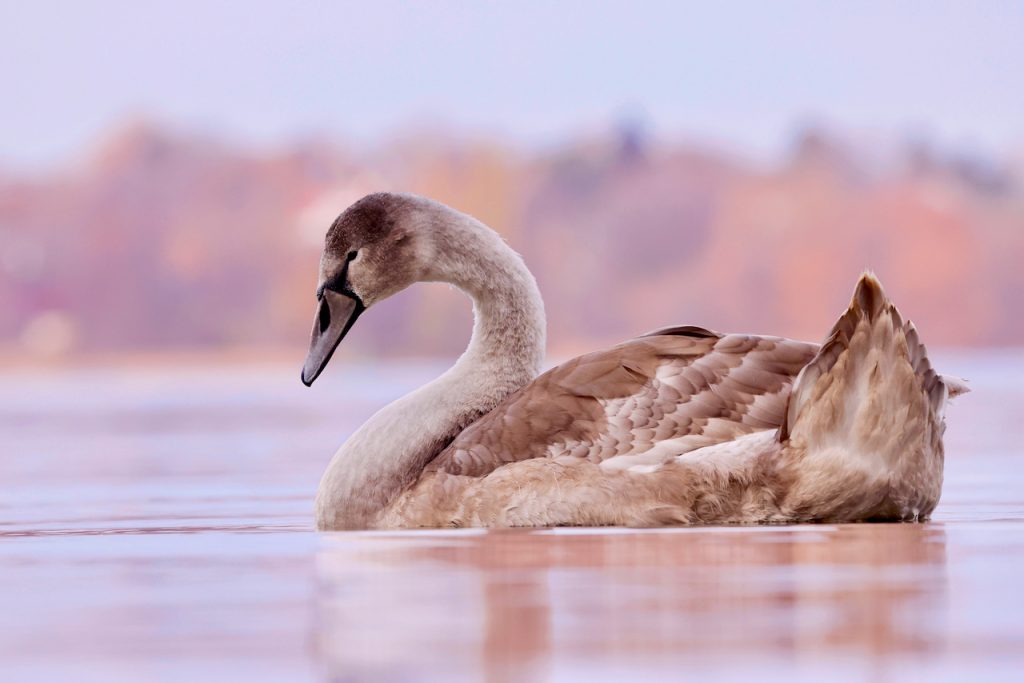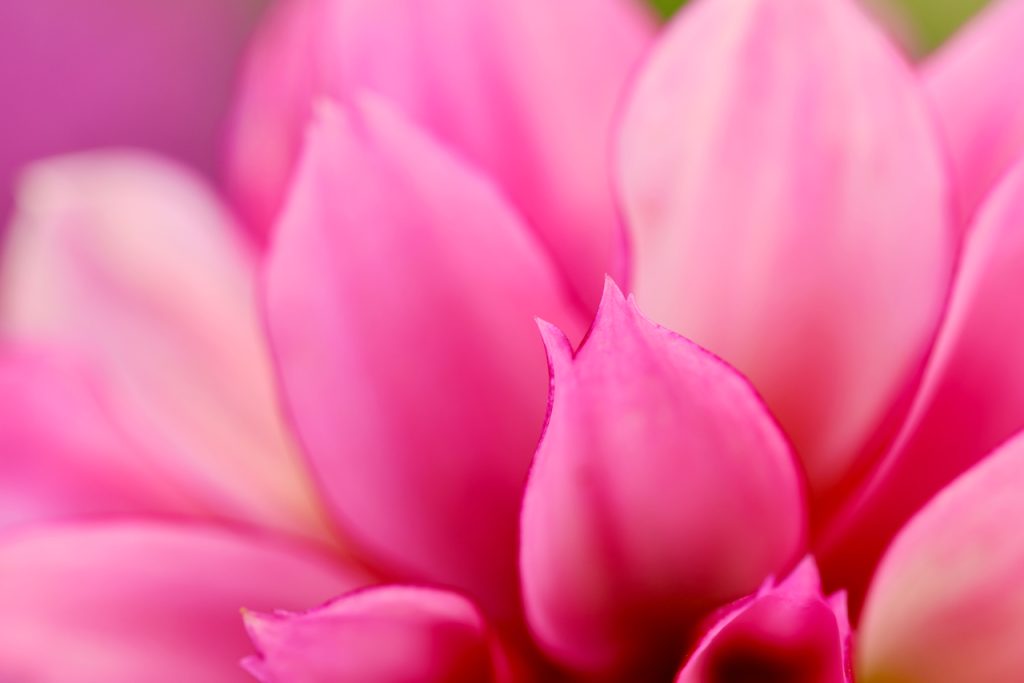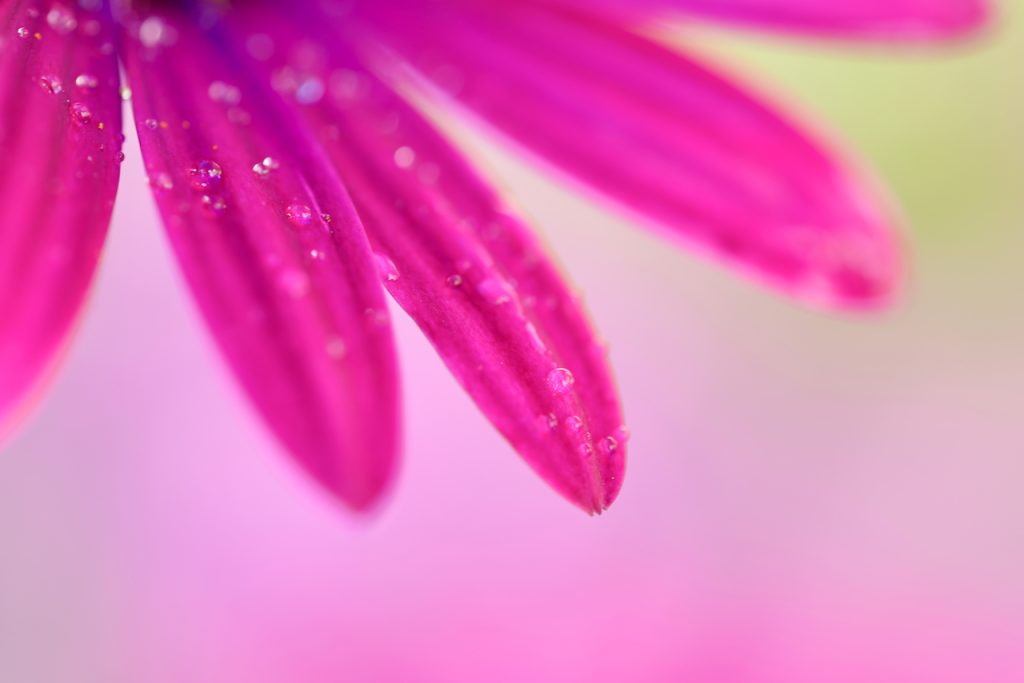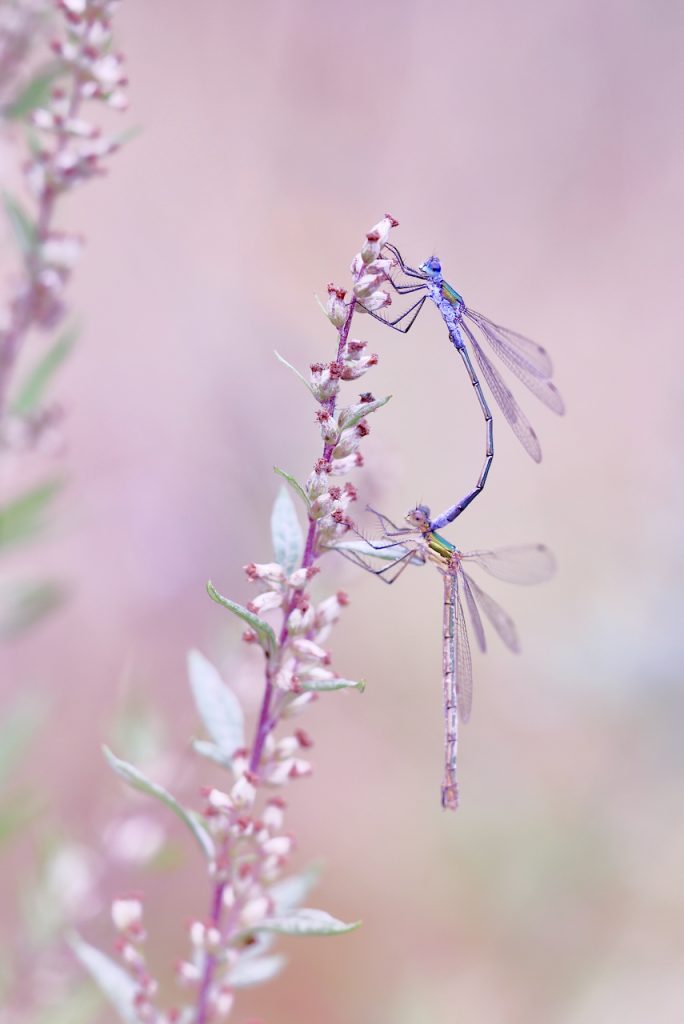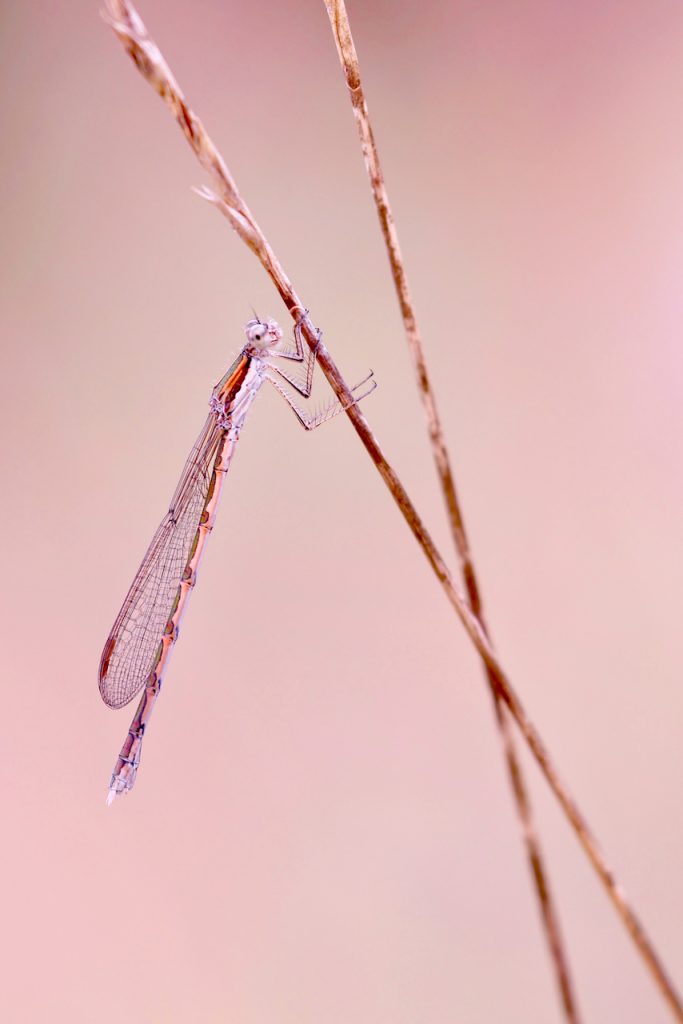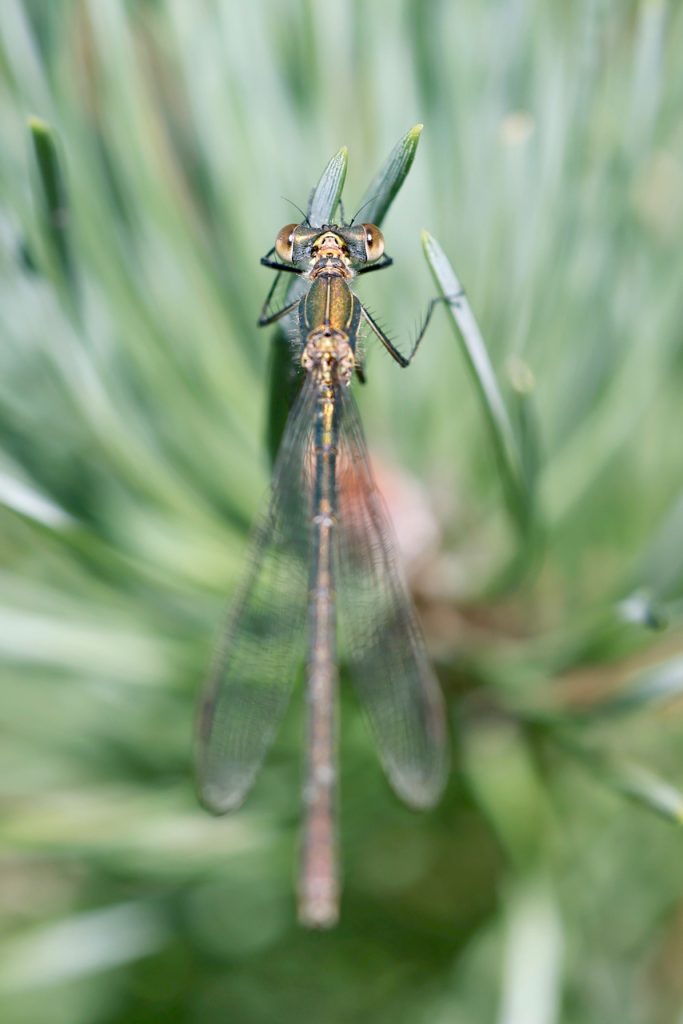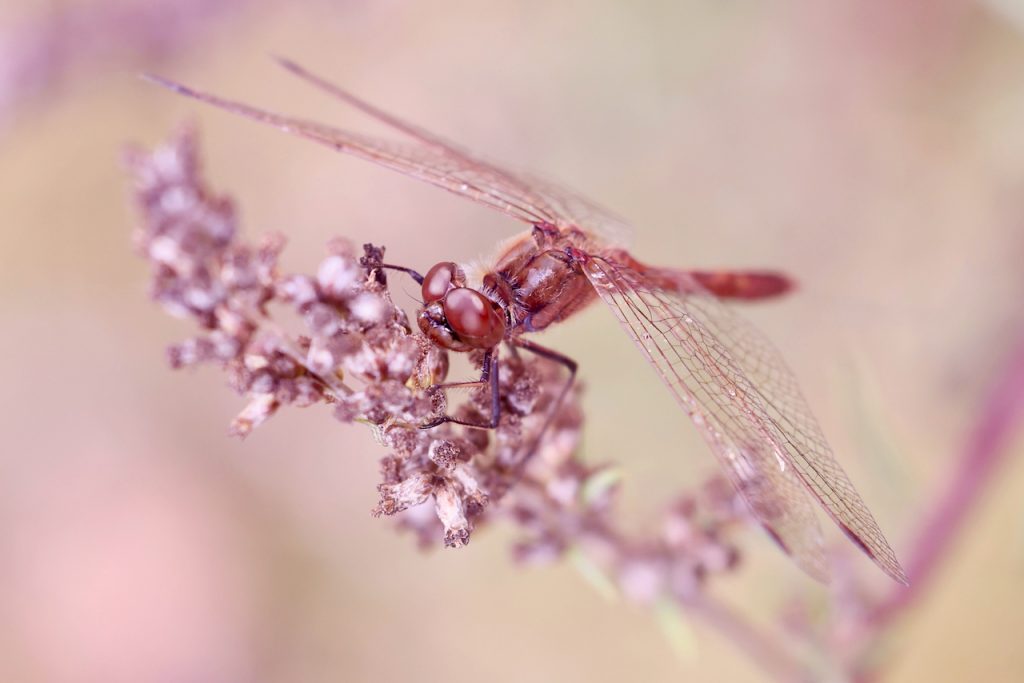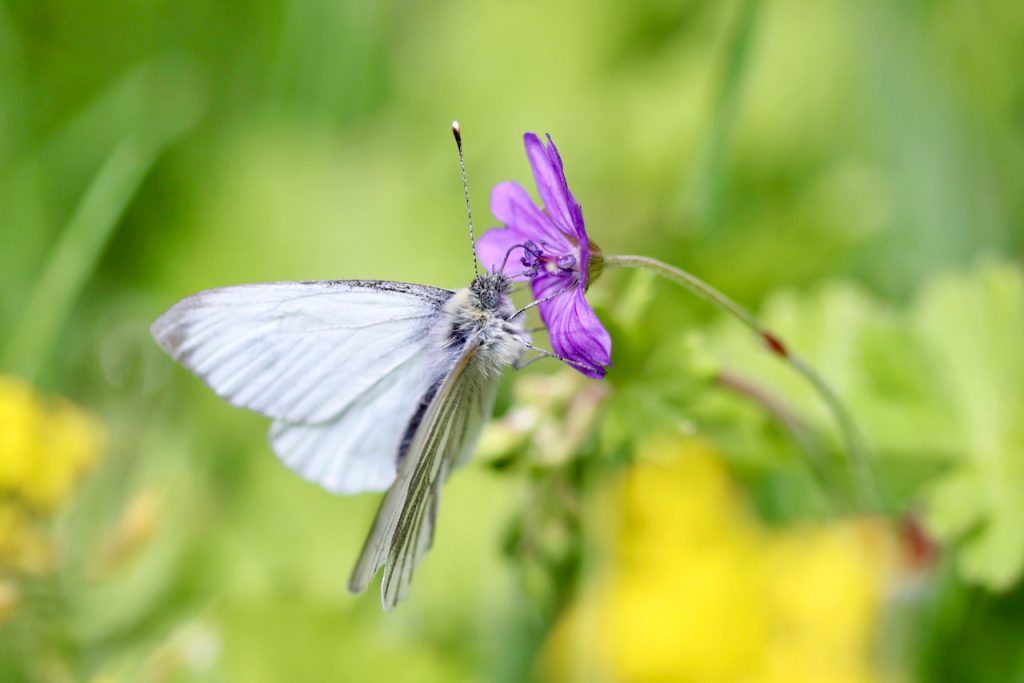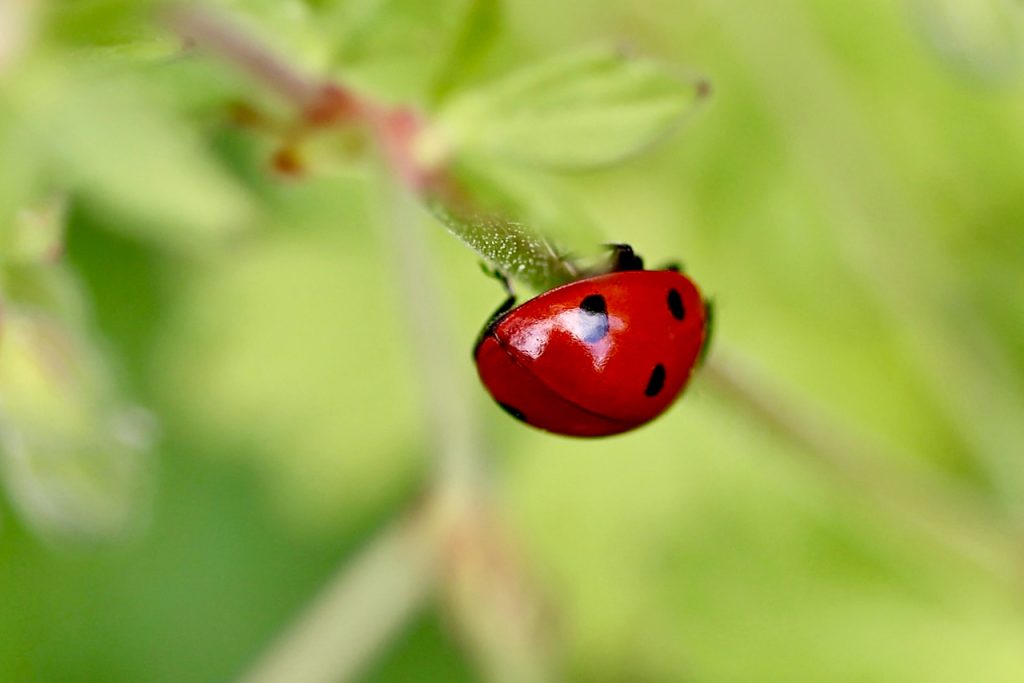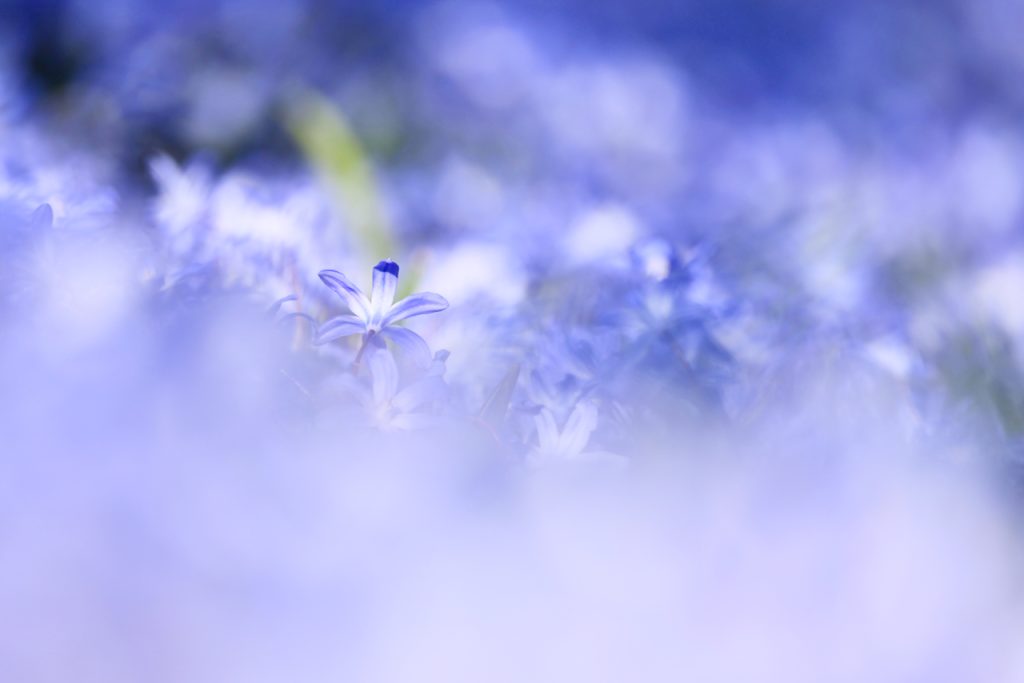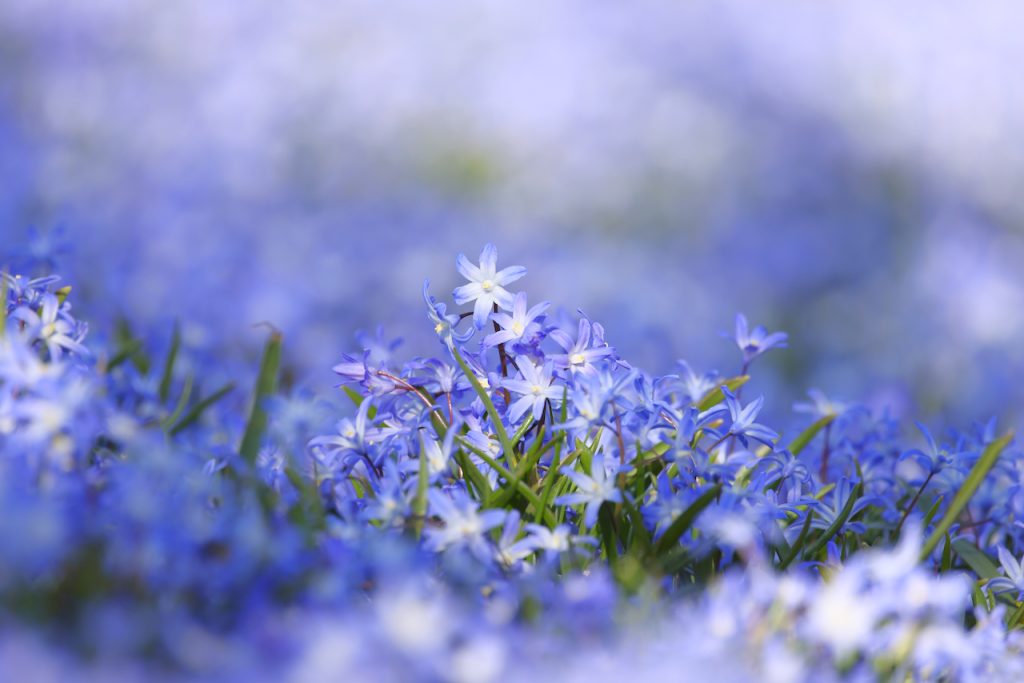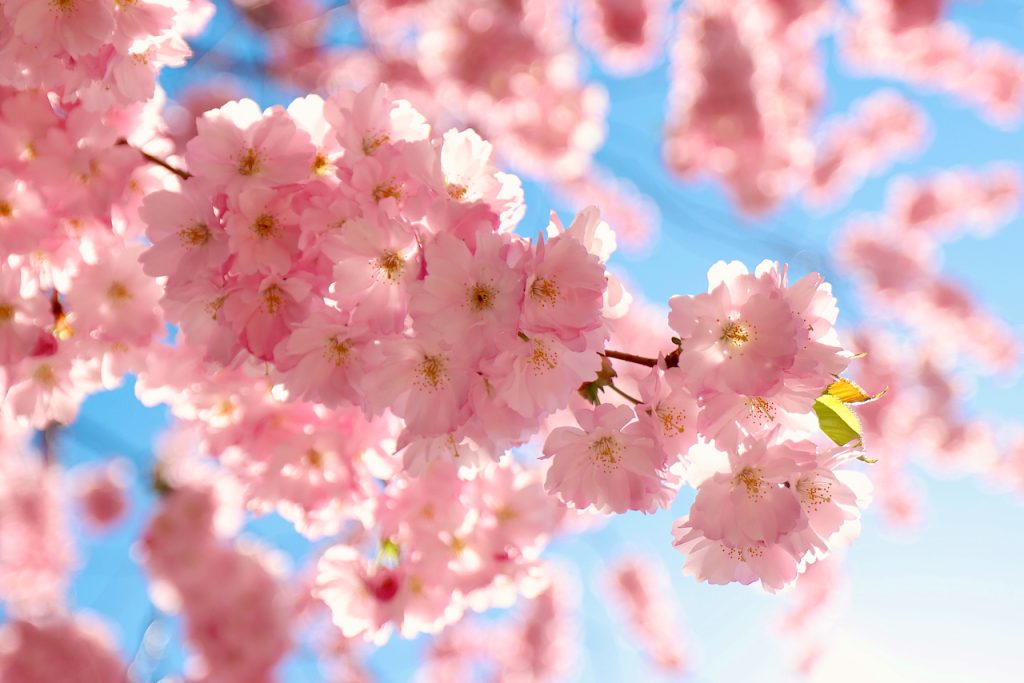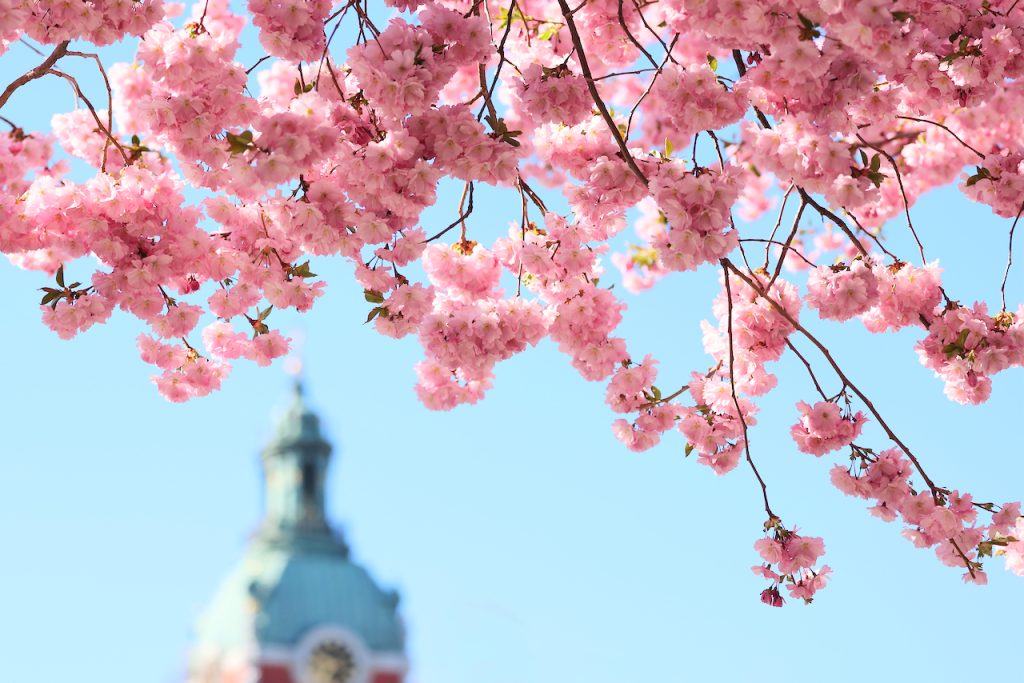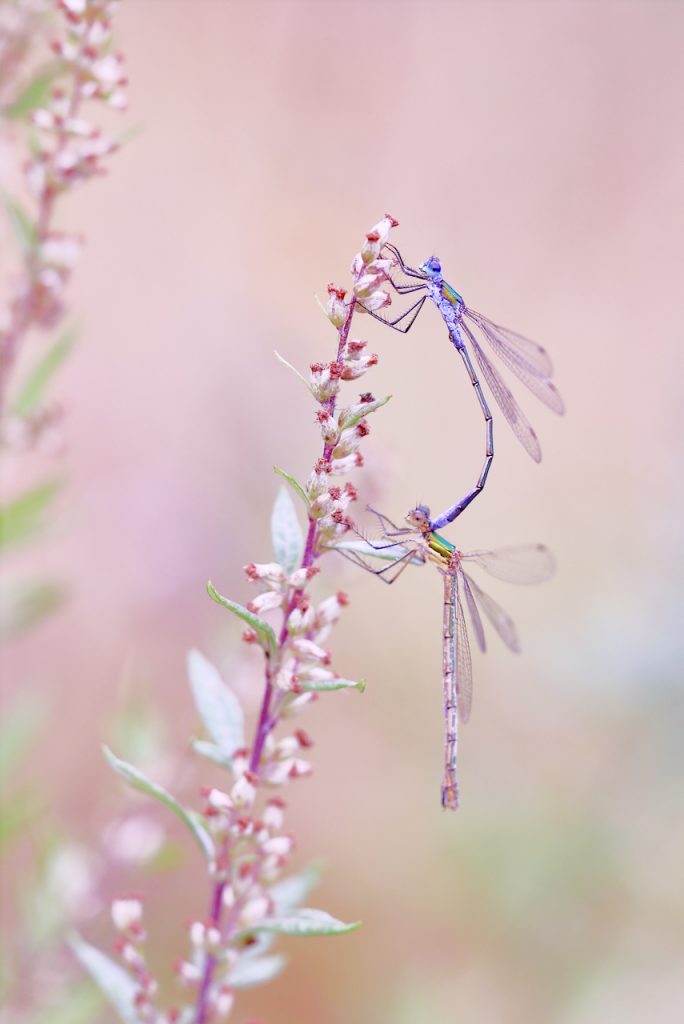
As 2022 draws to an end, it’s only natural to review the past year. Let’s have a look then, shall we?
This couple of emerald damselflies is one of my absolute favorite photos because it was so challenging. They kept flying around, not settling anywhere, and I had almost given up hope when they landed on that flower. However, I kept my eyes on it as its stem and the tip of the flowers were purple; I knew they’d loan a pleasing color to the scene and match the background nicely.
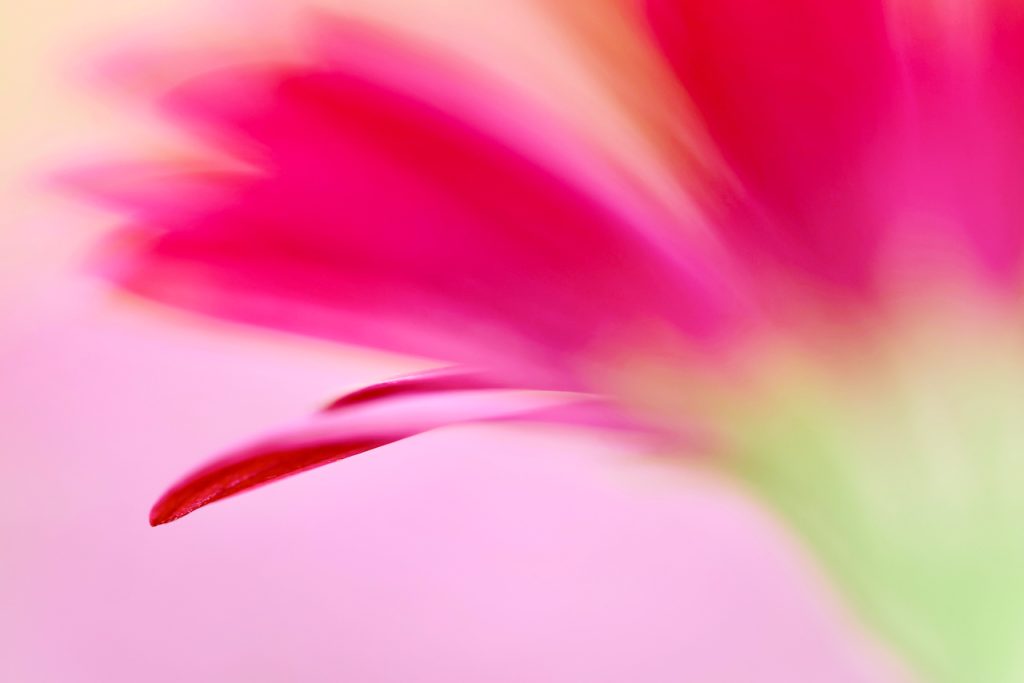
An African daisy shot with my new macro lens. As much as I cherished my old one, I love this lens!
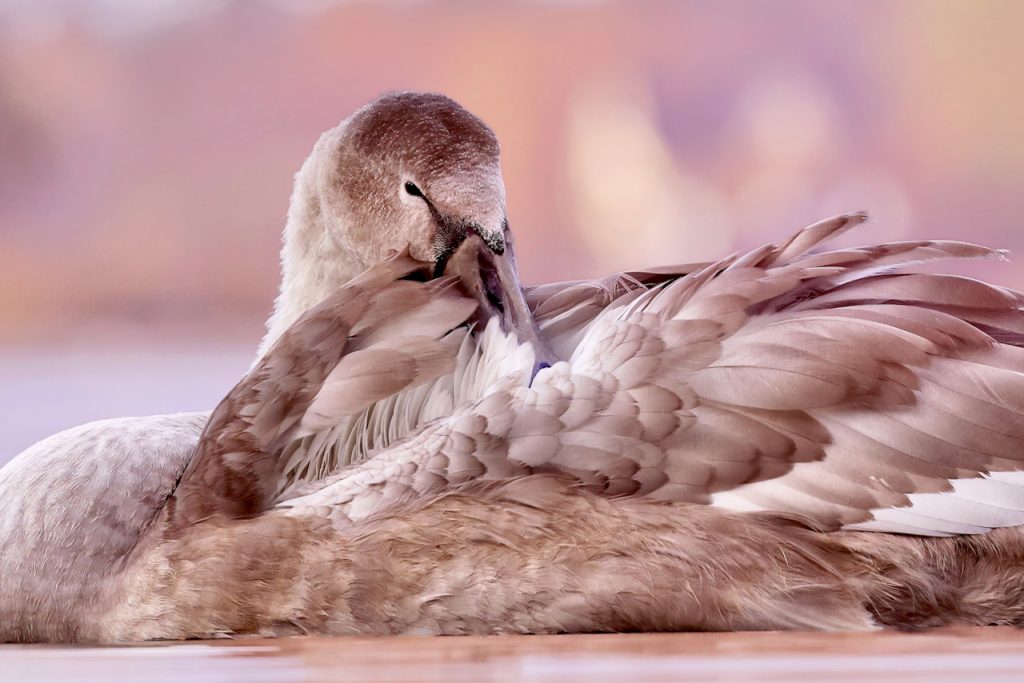
2022 hasn’t been a good swan year, at least not for me. Almost every time I set out to photograph swans, I couldn’t find any. I photographed this mute swan cygnet almost by accident. I was out in the woods, looking for squirrels, and passing by the beach when I saw the swan family swimming lazily around and cleaning their feathers.

I just love photographing cherry tree blossoms in the spring. It doesn’t feel like spring if I don’t! Not a masterpiece by any means, but I love the light and the spring feeling it evokes every time I look at it.
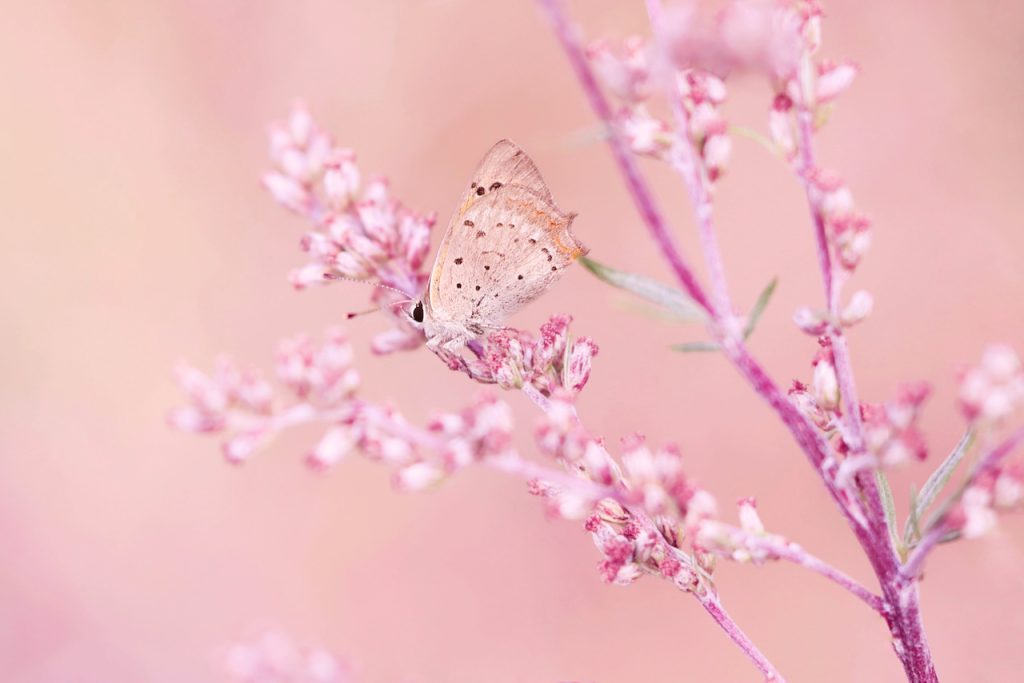
Obviously, I love pink.
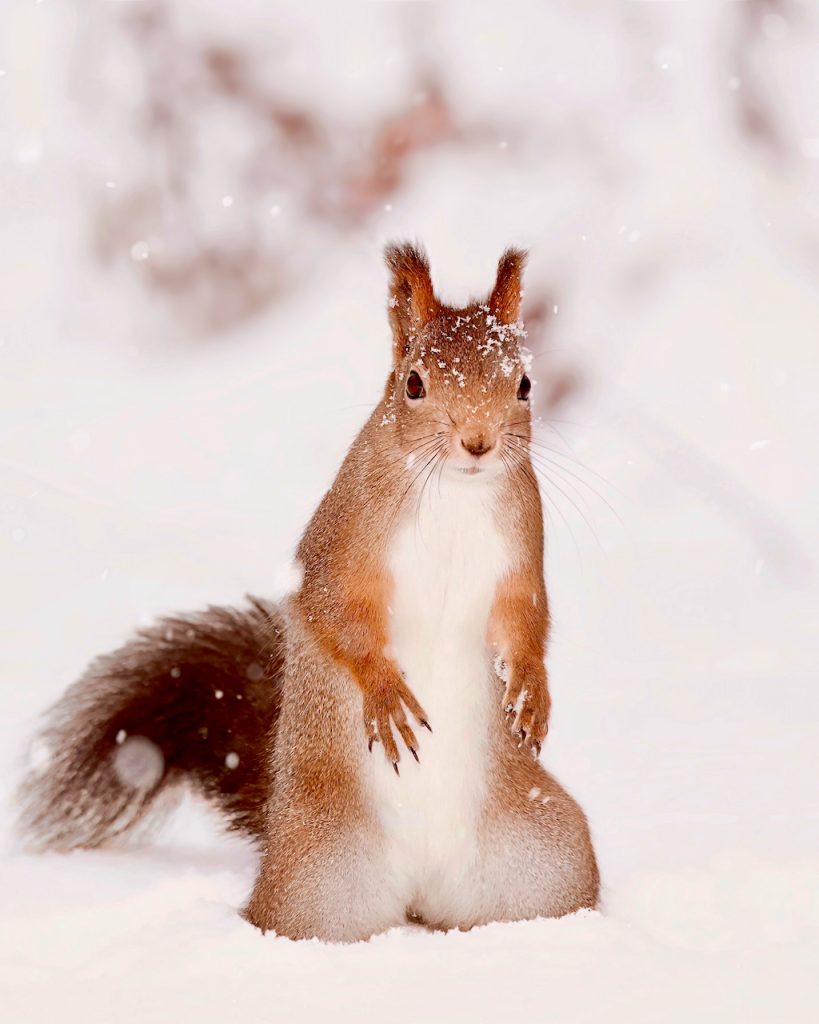
I also love squirrels. So much that it’s a wonder that this post only contains ONE squirrel photo.

Wait, what! Only one squirrel photo? No, no, no! This has to be remediated immediately! Here you go! Cheers and Happy New Year!
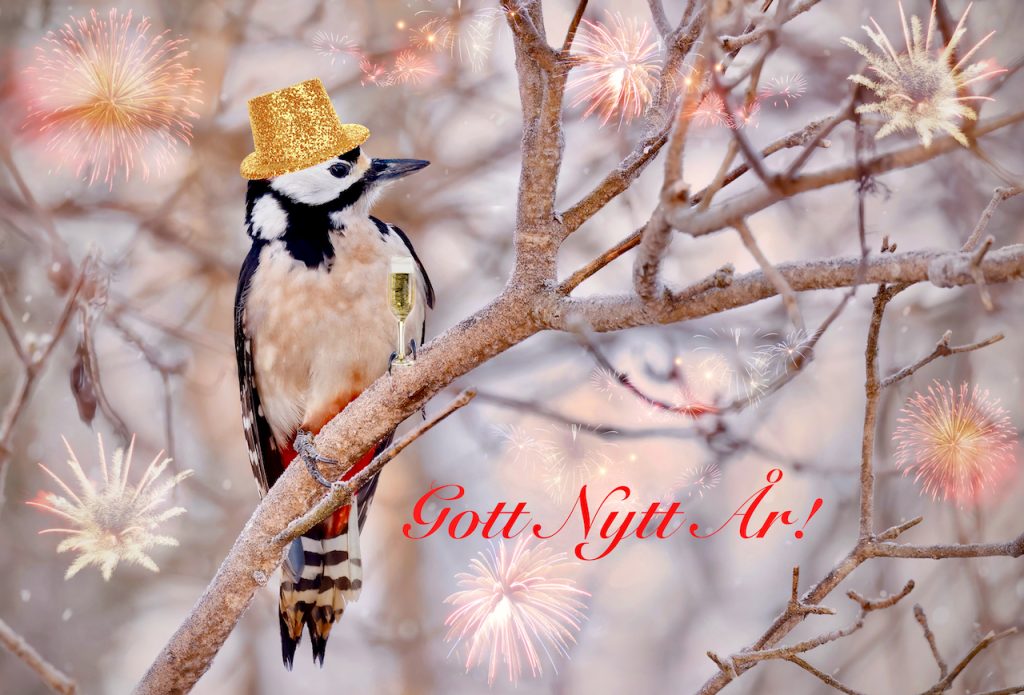
OK, this won’t win any wildlife photography contest, but I love it! I had so much fun processing this! I spent a ridiculous amount of time trying to fit the champagne glass between the claws perfectly.
This said, I wish you a very, very Happy New Year! Gott Nytt År as we say in Swedish.

